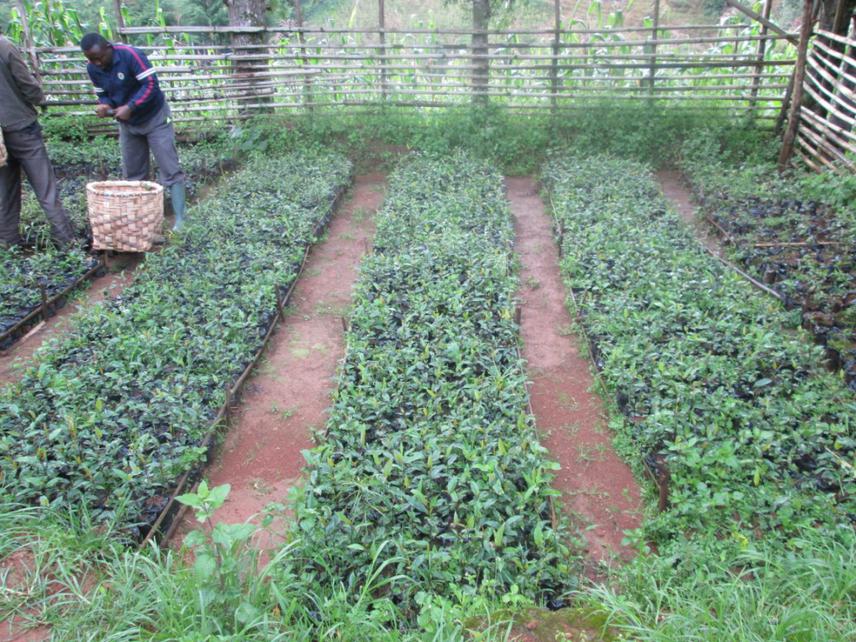Wirsiy Emmanuel
This project promotes environmental education through field work in forest regeneration and the fight against forest degradation for biodiversity conservation and improved livelihood.

Camgew nursery for kilum forest regeneration.
Nchiiy Community Forest is found in Kilum Mountain Forest is degraded by bushfires and farm encroachment. The community sent out encroached farmers from forest and stopped bushfires in 2010. Since then, no bushfire has occurred. The forest has been used for apiculture by bee farmers to get Oku White Honey (certified as Geographical Indication Product). CAMGEW while carrying out bee farming training and doing practical work in this forest appreciated this team spirit. The community later contacted CAMGEW to help plant bee loving trees. The community identified trees that CAMGEW needed to plant and where seeds could be collected in the forest. CAMGEW decided to build this project to meet community demand. This involves the collection 10 types of native tree seeds like Prunus africana, Schefflera, Carapas, etc from other parts of this forest, developing a 2000 tree nursery and planting the nursed trees in degraded forest portions. CAMGEW will label the tree species with scientific names, local names and their uses. The nursery will serve for forest education on tree importance to honey production, bird and animal diversity, watershed and medicinal properties.
Nchiiy forest regeneration will develop a carbon sink to fight climate change. Prunus is a threaten tree with high economical value (barks used to manufacture prostate cancer treatment). Forest education will bring behavioural change in about 500 community adults towards nature care and build at least 400 children to be future nature lovers. This will be done through Oku Community Radio, nursery, forest and production of 300 copies of booklet on importance of the forest. The regeneration of Bannerman’s turaco’s largest habitat (this montane forest) will contribute to specie conservation. This bird has red feathers used to decorate notables causing the bird to be endangered (IUCN Red List classification). Tree planting will be done by community members to foster community solidarity. It also involve sensitization on bushfire, poaching, cutting of fresh wood, etc. Planted trees will be good for medicine, apiculture, ecotourism, carbon sink and watershed protection. Bee farmers will do follow-up of planted trees and 3000 trees planted under Both ENDS project in 2014.